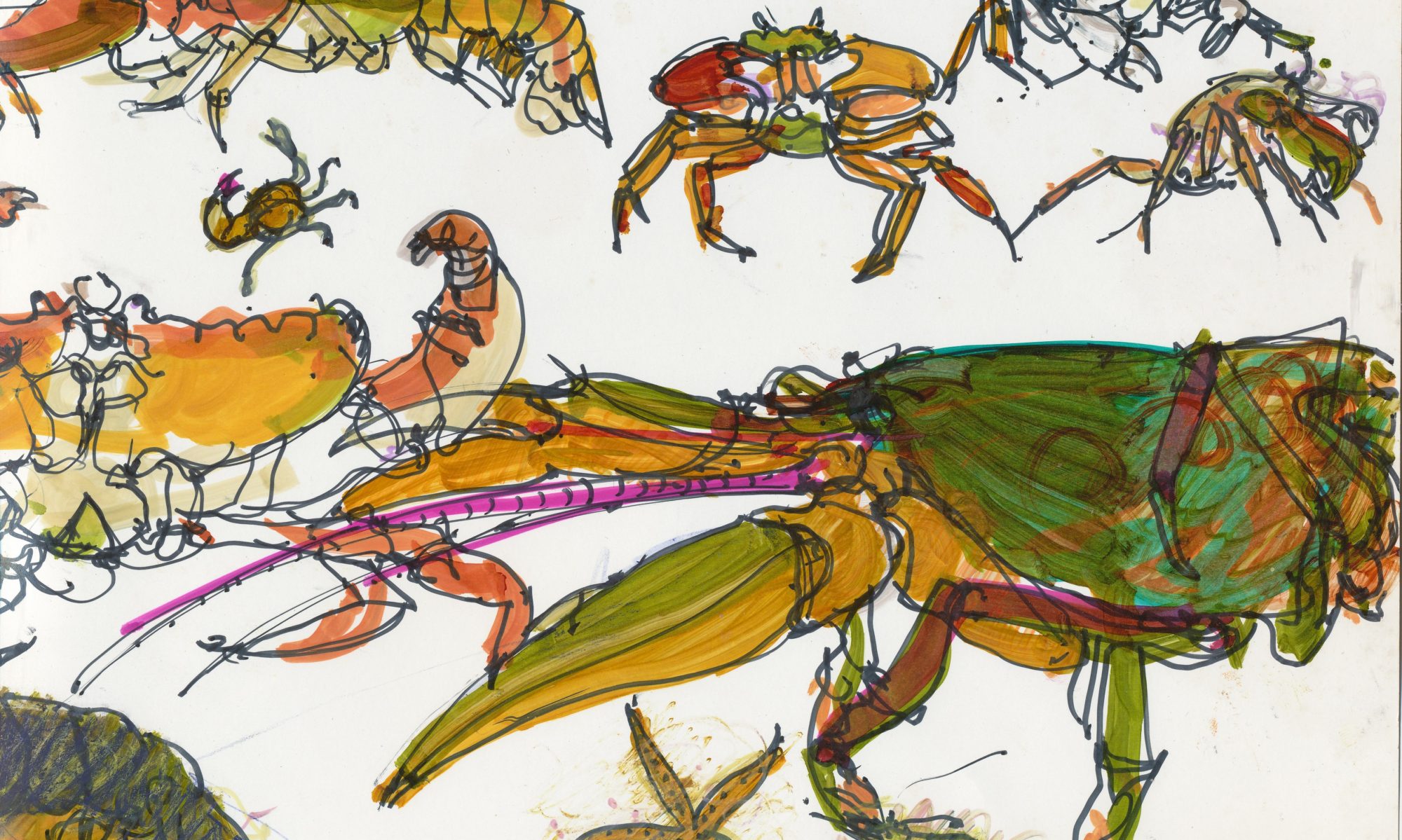

My drawings of Cathedrale Notre-Dame d’Amiens from the thirteenth century were drawn while researching Gothic architecture, and how cathedrals in France were being constructed with arches, vaulted ceilings, flying buttresses, and stained glass windows. After drawing the horizontal and vertical lines of the structure with straight edge and triangle, I soon became entranced and astonished by how consecutive arcs drawn with a compass established a rhythm that appeared to dance gracefully across the page. The visual motion of the arcade struck me deeply as being musical, my other passion. The original guitar composition, “A lull in the battle”, inspired by medieval music, is what I imagined as being evocative of an exhausted knight pausing from battle, only to reflect and mourn a bygone romance.










